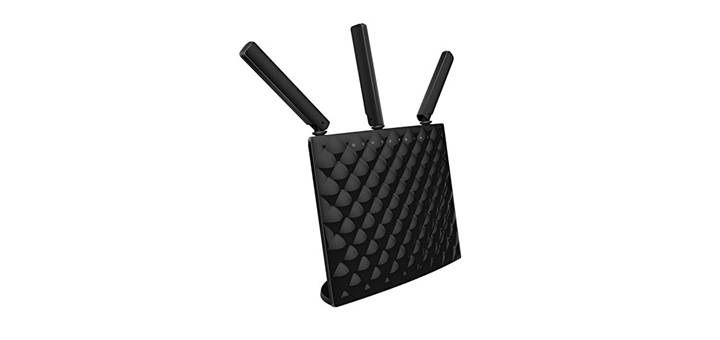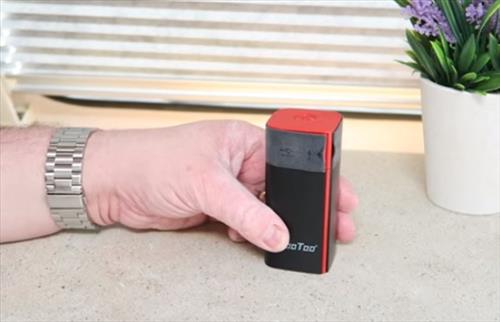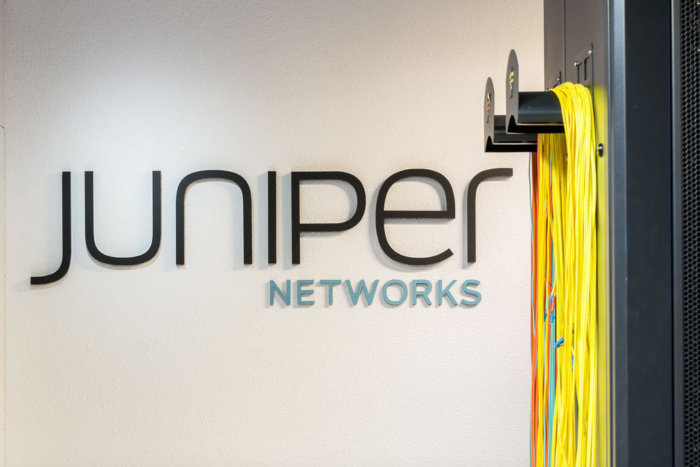Apple’s new MacBook Pro may be the world’s fastest stock laptop
Apple is a company that has led the laptop industry in its use of PCIe solid-state drives (SSDs). It upped the ante in performance with its latest refresh of the MacBook Pro which may be the highest performing stock system on the market.
In the early 2015, the MacBook Pro sported an M.2 (gumstick) form factor, PCIe SSD that boasted peak sequential read speeds of 1.6GBps and max sequential write speeds of 1.5GBps.
Computerworld’s own benchmark tests with Blackmagic software on a 2015 13-in MacBook Pro with Retina display and find it could pin the needle at more than 1.4Gbps for writes and more than 1.3Gbps for reads.
The new MacBook Pro’s specs smoke its predecessor.
The 2016 13-in. MacBook Pro’s specs claim it has sequential read/write speeds of 3.1Gbps and 2.1Gbps per second, respectively. The new 15-in MacBook Pro ups the write speeds to 2.2Gbps, while the reads remain the same as the 13-in.

The new MacBook comes with either a 2.6GHz or 2.7GHz quad-core Intel Core i7, 8MB of shared L3 cache, and a Radeon Pro 450 or 455 with 2GB of GDDR5 memory and automatic graphics switching. (Upgrades are available for a faster Core i7 and a Radeon Pro 460.)
Both new MacBook Pro models offer SSD capacities that include 256GB, 512GB, 1TB or 2TB.
Apple has led the industry in using PCIe SSDs in its laptops, a move some tech pundits say may have sparked an industry-wide trend to adopt the technology more quickly.
Serial ATA, the most common interface for consumer NAND flash products, communicates through a high-speed serial cable over two pairs of conductors. PCIe, which stands for Peripheral Component Interconnect Express, uses a switch architecture that has multiple end points to allow the sharing of one end point with multiple end devices.
In addition, the newest PCIe SSDs use the NVM Express (NVMe) or Non-Volatile Memory Host Controller Interface Specification, which is a logical device interface for accessing flash storage via the PCIe bus.
“With regard to PCIe, Apple has been a pioneer when it comes to PCIe/NVMe storage,” said Jeff Janukowicz, research vice president at IDC. “They were the first PC company to broadly adopt it across its laptop portfolio while other companies today are still just using it in a very limited portion of their PC lineup.”
By adopting the PCIe/NVMe standard, Apple has been able to deliver higher performance in terms of read/write speeds and latency when compared to traditional SATA-based PC designs, “thus, making the new MacBook Pro more responsive and faster,” Janukowicz said.
The best consumer SATA III SSDs today become saturated at about 500MBps, according to Jim Handy, an analyst with Objective Analysis.
It’s not a surprise, Handy said, that Apple settled on PCIe, as the price for the controllers are already approaching those of SATA controllers.
“If they both cost the same, then why use SATA?” Handy said in an email reply to Computerworld.
Looking forward, Janukowicz said he expects to see more PC makers using PCIe/NVMe drives, but he doesn’t expect them to be broadly available until later in 2017. Handy believes M.2 PCIe SSDs will “sweep” the new PC market within two years. But a lot of the PC SSD market will be upgrades to older PCs, “so SATA will remain strong in that market for the next 5+ years,” he said.
A big question is whether higher performance in an SSD will make much difference to an end user, Handy said.
Most PC programs and data fit comfortably within a system’s DRAM memory, so there are few disk input/output (I/O) requests made from the main storage. That means that the only time users will notice the difference between a PCIe-based and SATA-based SSD will be when the system boots, and when a new program or file is being loaded, Handy said.
“The performance difference will be the smallest for file loads, since most users’ files are pretty small (like 1-5MB). Loading a program will be more noticeable, but still not a big difference, since most programs’ splash-screens are timed to remain active long enough for the user to read them,” Handy said. “So that leaves boot. Not something to write home about!”







